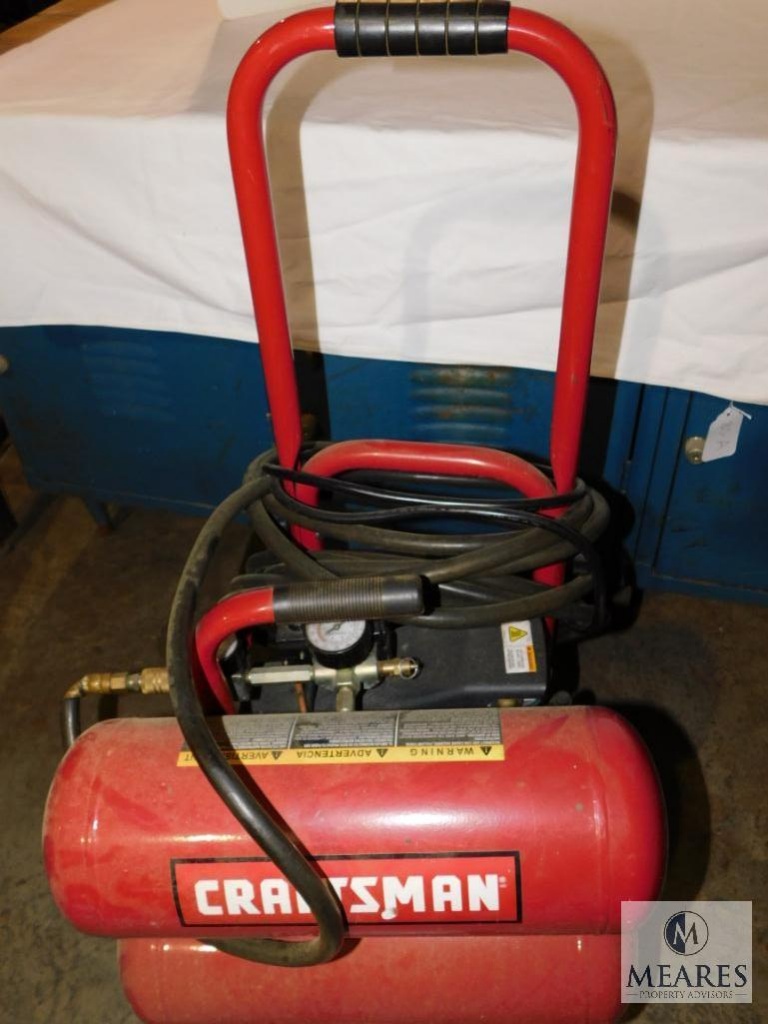
Oil-free units are great and very convenient as there is virtually no maintenance to worry about.there is no oil to change and you can operate the unit on an uneven surface, not something that an oil-bath unit can offer. If you need high CFM (cubic feet per minute), then you can still go with an oil-bath compressor but you'll need to purchase it with a water trap and an oil/particulate filter to keep the compressed air nice and dry. If you're using the compressor to spray paint or sand blast, for instance, you'll probably want to get an oil-free unit, this way you won't have to worry about moisture getting into the line and mixing with your air. Not to say this is unimportant for the homeowner or hobbyist, but there is a compressor for every demand and job out there the more you know going into it, the easier it'll be when you're at the outlet about to make your purchase!ġ) First, what is the application you'll be using your air compressor for? If you're a contractor or use your air compressor in an industrial or commercial application, solid build quality, longevity and a reputable brand name should be key in your decision making process. Will I need a two-stage unit or is a single-stage unit sufficient? What brand of air compressor do you choose? You're in the market for a new air compressor.what now? There are some things you'll need to know so you can find the air compressor that best fits your needs and your budget. If you don't have an amp probe it's recommended to take the motor in to a local repair shop or have an electrician come to your house for further diagnosis. You could also have under size wire from panel or too long of a run on wire itself from panel.

The unit could be starved for power, have a weak ground, have low voltage, a poor connection or burnt contacts on starter or pressure switch etc…Amp probe will most likely show over-amping. Look at the amp rating on the motor plate and put an amp probe on the motor if and when it starts bogging down. You may have an under-powered motor, or the motor is too small. If it is the wrong motor not matching the correct motor pulley you may be overloading the motor. If you have a 230 V motor converted to 120, you may have lost some pulling power. Make sure you have the right motor pulling the Pump.It sounds like the motor is slowing down but what is really happening is the belt is slipping. Compressors do NOT squeal when the belts slip. Do not over tighten belt, it will break the crankshaft or burn up a bearing.

Tension should be about one half inch (1/2") deflection or give at a point halfway between pulleys when pressed with your thumb.

Take an emery file and file between the contact points to clean them. Sometimes corrosion will build up on them. At the end of this stick are electrical contact points. Extending from the round disc you should see a long slender piece of copper or other material, the size of a wooden coffee stirring stick. Under the cover, you will see a white plate that has the wire terminals. Use a screwdriver and small hammer to gently remove the end cover. This should be held on with 4 long bolts and nuts that run the length of the motor. Remove the end of the motor that has the wires entering it.If your motor begins to start your compressor, but slows down, stalls and then kicks the circuit breaker, you could have bad starter points.Do they look overheated? Use a capacitor tester or if not available, test continuity across the leads of the capacitor.These are the “humps” on the back of the motor. Good indication that you have a defective check valve.If motor works fine and powers compressor pump until cut-out pressure, but when the compressor cuts back on and tries to recharge the tank, it is unable to start and stalls.


 0 kommentar(er)
0 kommentar(er)
